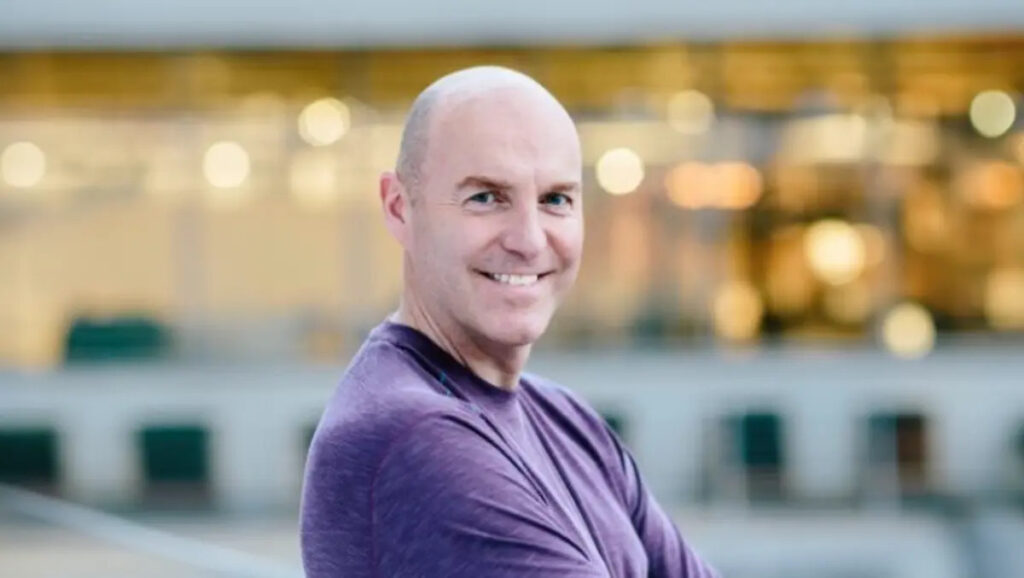
Autodesk’s Chief Scientist, Daron Green, has issued a stark warning about the future of artificial intelligence in design and manufacturing. Speaking from Sydney, Green emphasized that while AI promises to revolutionize how Australians create, it also poses a significant threat to software companies by potentially severing their direct connections with customers.
Green highlighted “disintermediation” as a looming challenge, as language-based AI interfaces become the primary mode of interaction with advanced tools. “In media and entertainment, there’s a broad recognition that they’re going to get disrupted, because there are so many new ways people can create content,” he told TechDay.
AI’s Impact on Design and Entertainment
The entertainment industry, according to Green, is already feeling the tremors of change. Studios, protective of their digital assets, share minimal resources, complicating the training of domain models. This tension is reshaping Autodesk Research’s client interactions. “We sort of have to erase the memory of the AI system,” Green explained. In some instances, Autodesk provides an untrained model, assisting partners in training it, only for them to discover its limitations.
“They think they’re sitting on a lot of data, and it’s like 20,000 objects or 50,000 objects, and it’s just not a big enough data set for the model to get a level of intelligence,” he said. Green argued that scale is the key differentiator between simple tricks and genuine capability. Citing a Google study, he noted that complex properties like humor or sarcasm only emerge when models are trained on sufficiently large datasets.
“You need to get to a certain scale for it to appear to show the properties of intelligence,” he said.
AI Transformation Within Autodesk
Internally, Autodesk has already embraced AI to transform everyday engineering practices. Developers are conducting “five or six experiments a day” using AI-assisted coding, Green noted. “You could say AI is going to remove their jobs, or it makes them incredibly more productive. And that’s what we’re seeing.”
Some AI advancements are already integrated into Autodesk products used in Australia. Green cited automated sketch constraints in Fusion as an example. “We’ve trained up an AI model that will just put the constraints on for you, and that has just shrunk the tedium,” he said. Another model automatically identifies parts like nuts and bolts, a task no one wants to specialize in.
Future Research and Challenges
Looking ahead, Green flagged upcoming research projects. Models like Bernini have paved the way for B-rep Gen, short for boundary-representation generation. “It has properties that make it really interesting to us. It’s much more robust,” he said, with demonstrations planned for Autodesk University.
Yet, the disruption Green fears most stems not from the models themselves but from new standards that simplify connecting large language models to specialized software. “That’s our next kicker,” he said. The risk is clear: if users access Autodesk’s simulation engine through a generic prompt rather than Autodesk’s interface, the company loses visibility.
“The new interface is the prompt,” he said. “We’ve been disintermediated.”
To combat this, Green argued that software firms must radically rethink human–computer interaction. Traditional menu-driven interfaces are inadequate when creation begins with speech, sketches, or reference images. “We need to provide just a fantastically compelling experience,” he said. This shift also opens design tools to a broader audience. “We can reach a whole different raft of users that will actually be able to interact with our capability,” he added.
Beyond Geometry: The Future of AI
When discussing the future, Green expressed a desire for AI to evolve beyond geometry and physics to model user intent and lived experience. “Most software companies don’t have intelligence that really characterizes their user base,” he said. He envisions systems that understand a manufacturer’s materials policy, a designer’s specialization, or a project’s sustainability goals, presenting options accordingly.
“I’d like us to have a more sophisticated understanding of the user, the user’s company, and certain policies within the company,” he said. This ambition extends to ergonomics and acoustics—familiar challenges for anyone who has struggled in noisy environments or with awkward designs.
“Surely we should be able to build some of that intelligence into our software,” he said. “We can do some of those things right now… but I would like it to be much more systemic.”
However, timelines remain uncertain. Green admitted he once anticipated a plateau after large language models, only for the next advancement to arrive sooner than expected.
“These waves are coming quicker,” he said.
For Australian studios, builders, and manufacturers, the lesson is clear: invest in internal AI expertise and experiment relentlessly. “You assess where you are as a company by experimenting like crazy,” he advised.
Autodesk itself has reorganized to accelerate research-to-product flow, and Green encouraged close reading of its annual Design and Make report. “Sustainability on the rise; use of AI as a fuel for the way that we’re going to tackle some of these problems,” he said.
Despite the risks of “disintermediation,” Green’s outlook remains expansive. He spoke of intent-aware systems, AI spanning from individual parts to city-scale scenes, and interfaces that attract newcomers while reassuring experts that outputs are manufacturable and robust.
“The opportunities are just huge, absolutely huge,” he said. And the ultimate goal, he added, is simple: “Regardless of where the user is coming from, for them to be able to express their need and for us to understand it.”





